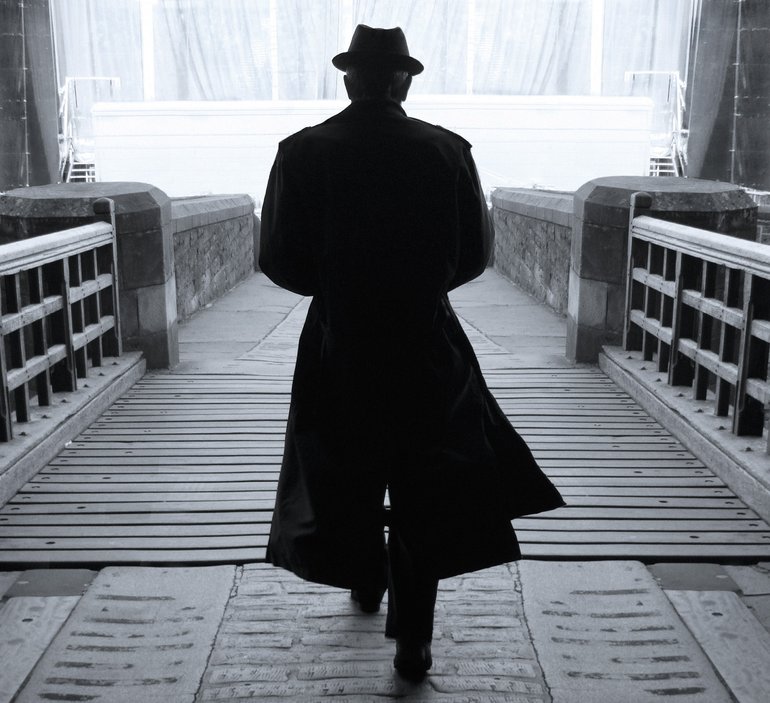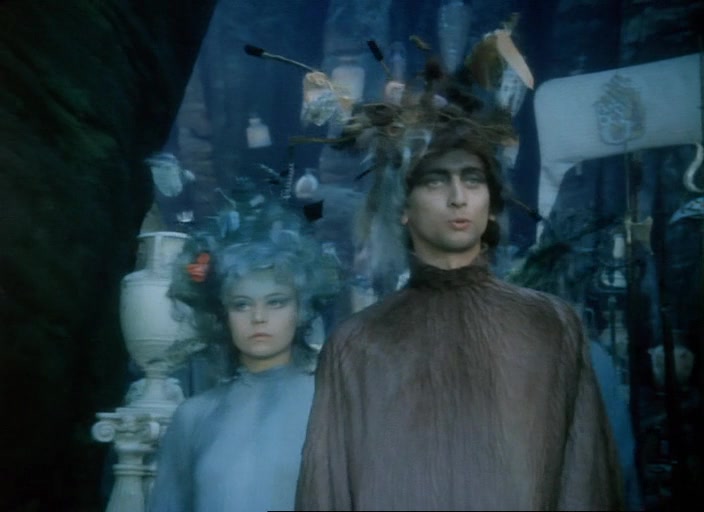 |
| Pussy Riot, image via Last.fm |
One of the first instances I noticed was when I was shown a clip from the 1960's TV show Dragnet. The clip was from an episode called "The Big Departure," in which Sgt. Joe Friday and Officer Bill Gannon deliver a speech to a few teenagers that tried to start their own community and stole from a grocery store.
First, the two officers explain to the morose adolescents that they are extremely privileged when compared to earlier generations. They try to make them feel guilty about complaining when they obviously have everything. After that, they attempt to make the teenagers feel bad about the technology they've grown up with. But teenagers didn't invent the technology they were using...I wonder what generation gave it to them?
Personally I think this kind of rhetoric encourages conformity and a nihilistic worldview. If we don't encourage our young people to speak out about the things that matter to them, who do we think will be making changes in the future? How will the big things change for the better if we can't even be bothered to address the small things? I'm not saying that these teenagers were in the right, especially since vandalism and speaking out are not necessarily the same thing, but they did seem to be dissatisfied with society and their concerns should not have been brushed off so lightly.
I am forever behind on news, so I've only recently heard about the backstory of the feminist musical group Pussy Riot. A few years ago they were whipped and some of their members imprisoned for public displays of political and religious dissatisfaction in Russia. When asked about this in an interview, President Putin responded that there were other countries in which these women would have been treated even more violently.
While it's true that some have thing worse than others, I think that this kind of rhetoric is incredibly unproductive. It encourages inactivity and silence on the grounds that things could be worse, that the oppression could be greater. If we silence those who warn against the problems that are already there, what will stop them from becoming worse?
I realize that I am comparing apples and oranges here between the campy representation of 1960's youth in Dragnet and the women of Pussy Riot. I'm not necessarily saying that every protest is good or helpful. But I refuse to call it "wisdom" or "maturity" when adults try to make out that young people are troublesome and stupid when they try to speak out against the things that are clearly enough of a problem to merit a response. If adulthood is about going along with things even if they don't seem right to you for the sake of personal peace and comfort, then may these young people never "understand when they're older."




















